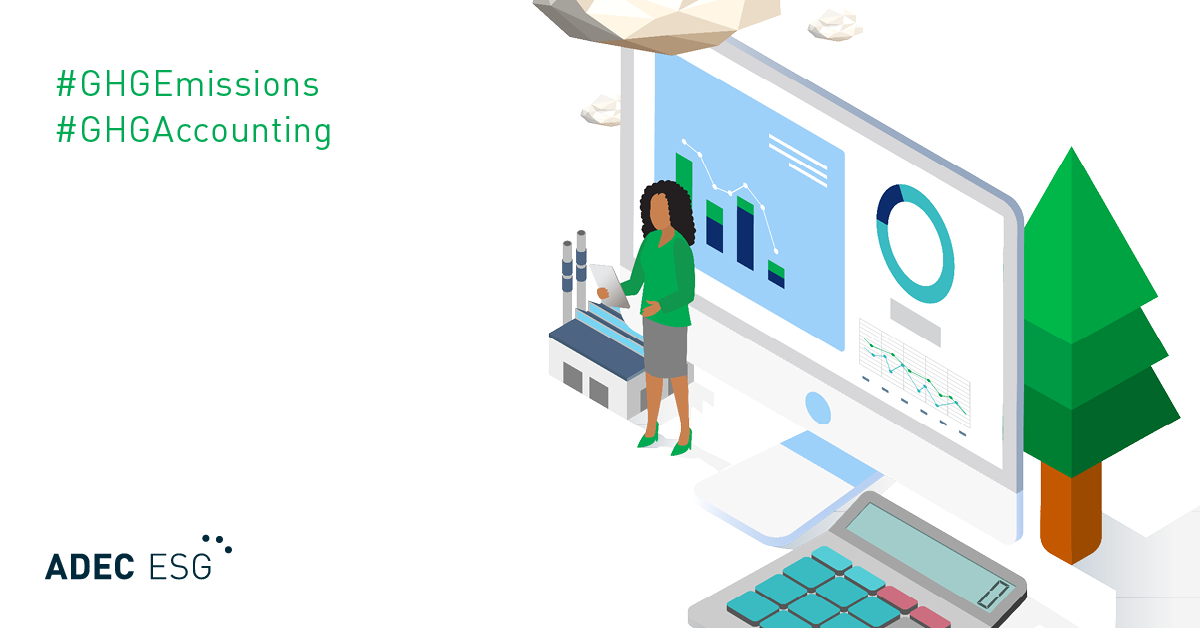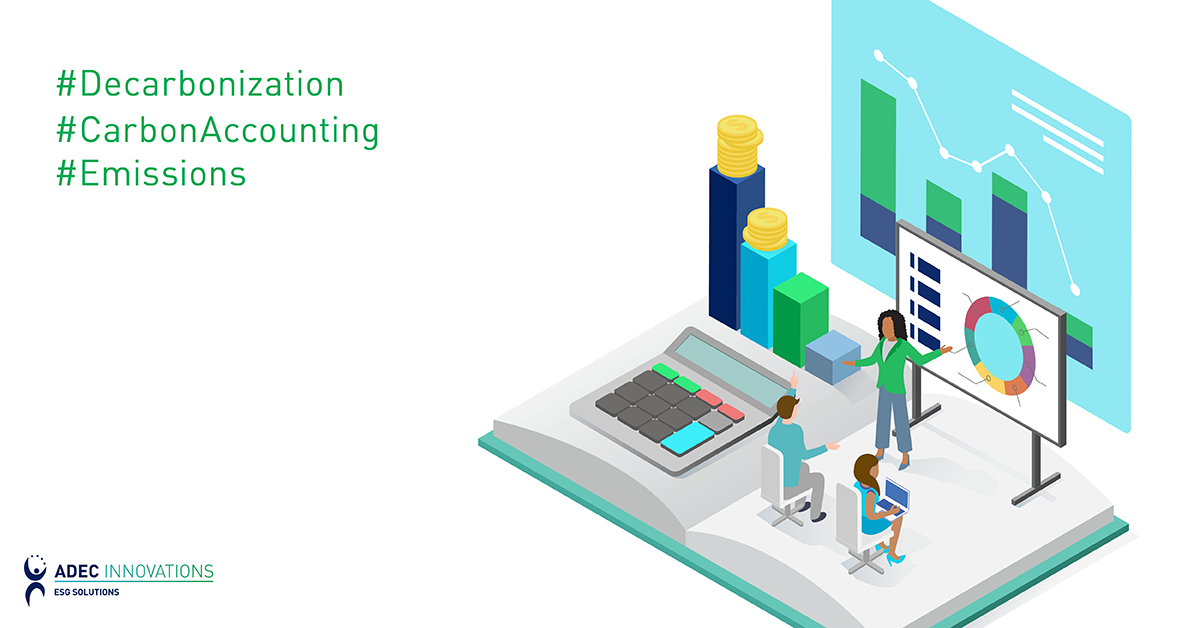
Over the past 10 years, global organisations have taken steps to address global climate change with central carbon reduction initiatives – this is well known. But it is only recently that we have started to see companies, globally, truly start to collaborate and engage with their suppliers and external stakeholders in order to reduce the embedded environmental and social impacts across their value chains.
Commonly seen with sustainability issues, the drivers for these changes are multifaceted. A Gartner study found that 56% of companies with sustainable supply chain programs quoted direct operational cost reduction as the primary reason (and more specifically reductions in resource consumption and energy use). Other drivers are marketing-led, including those company’s choosing to engage with voluntary compliance frameworks (such as the CDP Supply Chain Scoring Initiative) in order to mitigate brand risk and build better relationships with their customers.
The external factors that are putting more emphasis on supply chains range from supply risk management. A good example is those organisations seeing the increase in frequency and severity of meteorological disasters threatening their supply base through the Eastern supply regions overheating and becoming more demanding with clients and through the basic issue of increasing energy costs, globally.
Suppliers have also become increasingly aware and proactive in improving their sustainability performance. Some of this is pre-emptive, seen as an inevitable shift on how environmental metrics will be accounted for and the obligation put on them as suppliers. Perhaps, one of the best examples is the well-recognised Walmart Sustainability Index that was started in 2009, targeting over 80,000 suppliers globally.
FirstCarbon Solutions have been collaborating in an exclusive partnership with the Carbon Disclosure Project since 2010 to help companies gain a better insight into their supply chain sustainability performance . Through this initiative, we have learnt a tremendous amount from companies globally about the innovative programmes they are implementing across their value chains. As these initiatives increase, we’re seeing various competitive products and services enter the market, including software platforms specifically designed to manage the sustainable supply chains. Wherever these trends lead, we’ve learnt its worthwhile thinking about the following:
Consider 3 things when using carbon management software to maintain sustainable supply chains.
1. Balance supply chain performance data carefully.
Accurate performance data will drive the improvement decisions that you and your suppliers make in the future. These suppliers are often overburdened with numerous information requests in the form of lengthy questionnaires and audit requests. These are not popular and will usually only ever result in the minimum response and involvement. Data quality will be proportional to the level your suppliers engage and adopt your initiatives – so consider the following:
- Optimising your Metrics – with Suppliers in mind. What data do you really need? Balance those metrics that are important to your organisation and that allow you to benchmark one supplier against another. For example, asking them their annual energy use is straightforward. Scope 3 employee travel data may well be a major undertaking.
- Benchmarking Capabilities. Ask yourself these questions: How can you make these data valuable to your suppliers? Does your software of choice provide a facility to offer anonymous benchmarking through normalized metrics for each facility?
- Maximising Data Quality. How can you maintain data quality across those metrics and offer your suppliers an opportunity to be third-party verified? Does your IT platform allow for read-only access for third party verifiers and auditors? Keeping in mind the coercive effects that will be a major factor here depending on the region, sector & levels within the value chain.
- Intuitive Access. Is it worth providing an online tool to allow your suppliers to enter data regularly into a platform that enables them to benchmark their performance with one another? E.g. FirstCarbon’s Supply-Link module within our Sustainability Workbench platform provides an intuitive, multilingual platform in which suppliers can enter data regularly and benchmark their performance with one another automatically across a range of specific metrics.
2. Engage further through training & feedback exercises.
- Maximise Reasons to Collaborate: Gain further engagement through training and deeper outreach through normalized data reports and benchmarking. Listen to your suppliers response. Make use of other virtual tools such as webinars, online focus groups. Sponsor third-party or develop dedicated e-learning initiatives. You can then provide better feedback, build rapport with those stakeholders and continue to implement best practices. Consider whether your IT platform of choice can act as an information repository to share project & improvement ideas and exchange information. Through our supply chain scorecards and consulting work, we know that, generally, suppliers want to maximise feedback from their clients and make improvements to their business in ways that are relevant to you.
- Work the Network Effect: Through focus groups that we have run, we have found that suppliers are often looking for an opportunity to network and interact with one another in order to compare notes. Consider whether your programme (and IT platform of choice) facilitates the interaction between suppliers (whilst providing choice in confidentiality).
3. Reduce Cultural, Language & Geographic barriers
Rightly or wrongly, corporate sustainable supply chain assessments and initiatives have built a notorious reputation for being burdensome, autocratic, and generally one-way. Technology, if applied in the right way, can help to overcome many of the obvious barriers to information and collaboration. Cultural and language barriers are often key factors.
- Do the data collection feedback modules operate in the supplier’s first language?
- Can the user modify their functional preferences e.g. operate in their preferred, regional units of measure?
- Can the user interface be adapted to suit cultural preferences in the system e.g basic look and feel
- What level of support is provided for the system e.g. can suppliers access help and support within their own working hours and language?
For more information about carbon management software and the application to supply chains, request a consultation.




